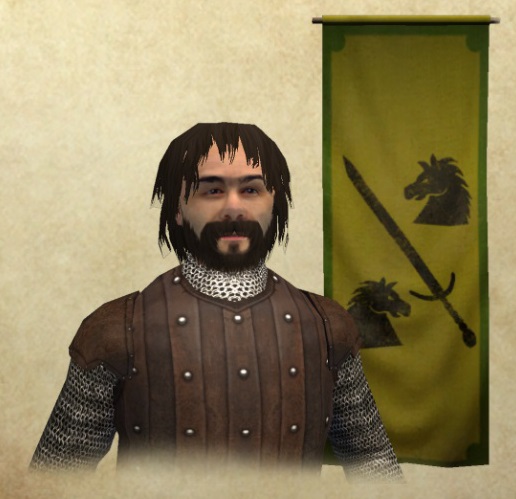

The Nordic countries cluster near the top in numerous metrics of national performance, including education, economic competitiveness, civil liberties, quality of life and human development. Since 1962 this cooperation has been based on the Helsinki Treaty that sets the framework for the Nordic Council and the Nordic Council of Ministers. With the dissolution of the union between Norway and Sweden and the independence of Finland in the early 20th century as well as the 1944 Icelandic constitutional referendum, this movement expanded into the modern organised Nordic cooperation. The Scandinavist movement sought to unite Denmark, Norway and Sweden into one country in the 19th century. They have a long history of political unions and other close relations, but do not form a singular entity today. The Nordic countries have much in common in their way of life, history, religion and social structure.

It includes the sovereign states of Denmark, Finland, Iceland, Norway and Sweden as well as the autonomous territories of the Faroe Islands and Greenland, and the autonomous region of the Åland Islands.

'the North') are a geographical and cultural region in Northern Europe and the North Atlantic. The Nordic countries (also known as the Nordics or Norden lit.


 0 kommentar(er)
0 kommentar(er)
